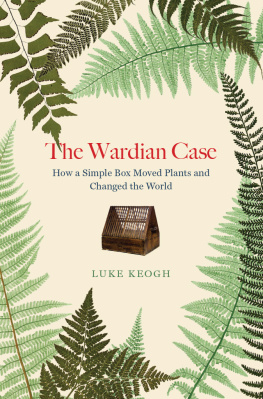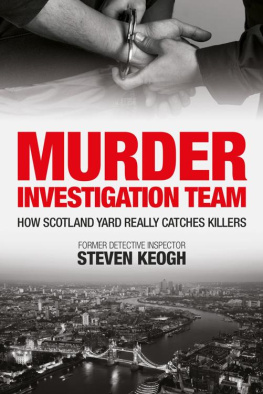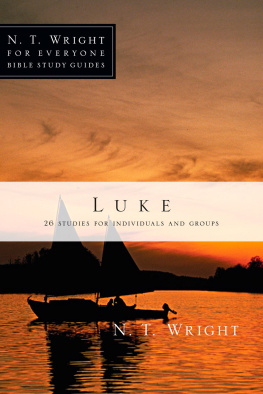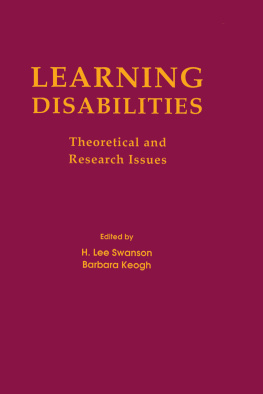Luke Keogh - The Wardian Case: How a Simple Box Moved Plants and Changed the World
Here you can read online Luke Keogh - The Wardian Case: How a Simple Box Moved Plants and Changed the World full text of the book (entire story) in english for free. Download pdf and epub, get meaning, cover and reviews about this ebook. year: 2020, publisher: University of Chicago Press, genre: Romance novel. Description of the work, (preface) as well as reviews are available. Best literature library LitArk.com created for fans of good reading and offers a wide selection of genres:
Romance novel
Science fiction
Adventure
Detective
Science
History
Home and family
Prose
Art
Politics
Computer
Non-fiction
Religion
Business
Children
Humor
Choose a favorite category and find really read worthwhile books. Enjoy immersion in the world of imagination, feel the emotions of the characters or learn something new for yourself, make an fascinating discovery.
- Book:The Wardian Case: How a Simple Box Moved Plants and Changed the World
- Author:
- Publisher:University of Chicago Press
- Genre:
- Year:2020
- Rating:3 / 5
- Favourites:Add to favourites
- Your mark:
- 60
- 1
- 2
- 3
- 4
- 5
The Wardian Case: How a Simple Box Moved Plants and Changed the World: summary, description and annotation
We offer to read an annotation, description, summary or preface (depends on what the author of the book "The Wardian Case: How a Simple Box Moved Plants and Changed the World" wrote himself). If you haven't found the necessary information about the book — write in the comments, we will try to find it.
Luke Keogh: author's other books
Who wrote The Wardian Case: How a Simple Box Moved Plants and Changed the World? Find out the surname, the name of the author of the book and a list of all author's works by series.
The Wardian Case: How a Simple Box Moved Plants and Changed the World — read online for free the complete book (whole text) full work
Below is the text of the book, divided by pages. System saving the place of the last page read, allows you to conveniently read the book "The Wardian Case: How a Simple Box Moved Plants and Changed the World" online for free, without having to search again every time where you left off. Put a bookmark, and you can go to the page where you finished reading at any time.
Font size:
Interval:
Bookmark:
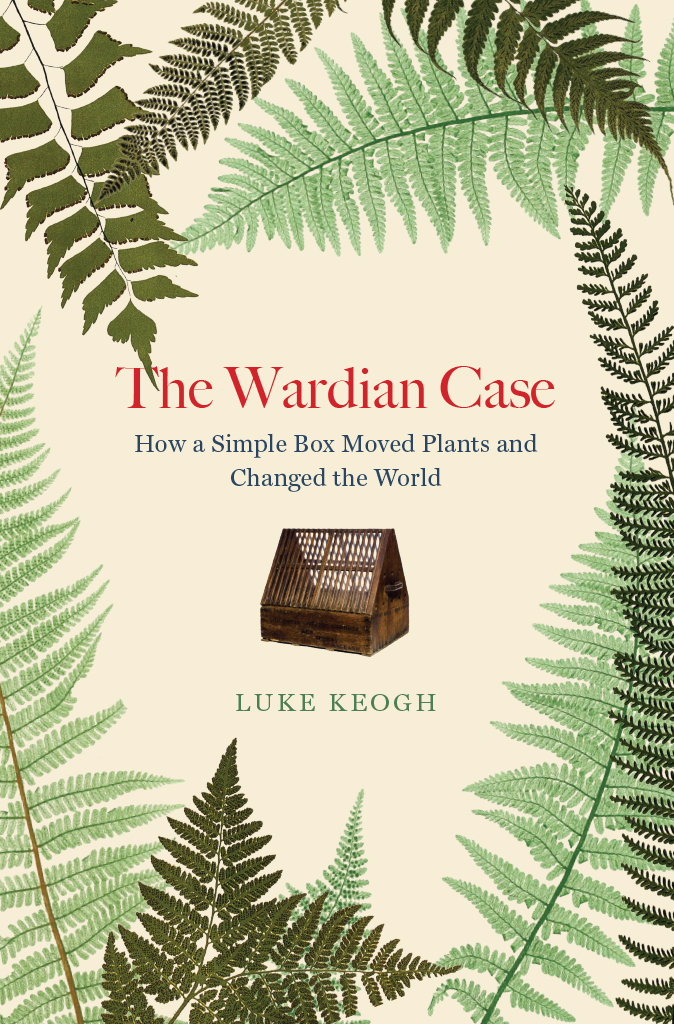
Luke Keogh
The University of Chicago Press
Kew Publishing
Royal Botanic Gardens, Kew
The University of Chicago Press, Chicago 60637
2020 by The University of Chicago
All rights reserved. No part of this book may be used or reproduced in any manner whatsoever without written permission, except in the case of brief quotations in critical articles and reviews. For more information, contact the University of Chicago Press, 1427 E. 60th St., Chicago, IL 60637.
Published in 2020 by the University of Chicago Press
and
Published in 2020 by the Royal Botanic Gardens, Kew, Richmond, Surrey, TW9 3AB, UK, www.kew.org
Printed in the United States of America
29 28 27 26 25 24 23 22 21 20 1 2 3 4 5
University of Chicago Press ISBN-13: 978-0-226-71361-8 (cloth)
University of Chicago Press ISBN-13: 978-0-226-71375-5 (e-book)
University of Chicago Press DOI: https://doi.org/10.7208/chicago/9780226713755.001.0001
Kew Publishing ISBN-13: 978-1-84246-719-0
Library of Congress Cataloging-in-Publication Data
Names: Keogh, Luke, author.
Title: The Wardian case : how a simple box moved plants and changed the world / Luke Keogh.
Description: Chicago ; Royal Botanic Gardens, Kew : University of Chicago Press ; Kew Publishing, 2020. | Includes bibliographical references and index.
Identifiers: LCCN 2020006507 | ISBN 9780226713618 (cloth) | ISBN 9780226713755 (ebook)
Subjects: LCSH: Ward, N. B. (Nathaniel Bagshaw), 17911868. | Wardian casesHistory. | PlantsTransportationHistory19th century. | Wardian casesEnvironmental aspects. | GlobalizationHistory19th century.
Classification: LCC SB417 .K46 2020 | DDC 635.9/8dc23
LC record available at https://lccn.loc.gov/2020006507
A catalog record for this book is available from the British Library.
 This paper meets the requirements of ANSI/NISO Z39.48-1992 (Permanence of Paper).
This paper meets the requirements of ANSI/NISO Z39.48-1992 (Permanence of Paper).
For Apple
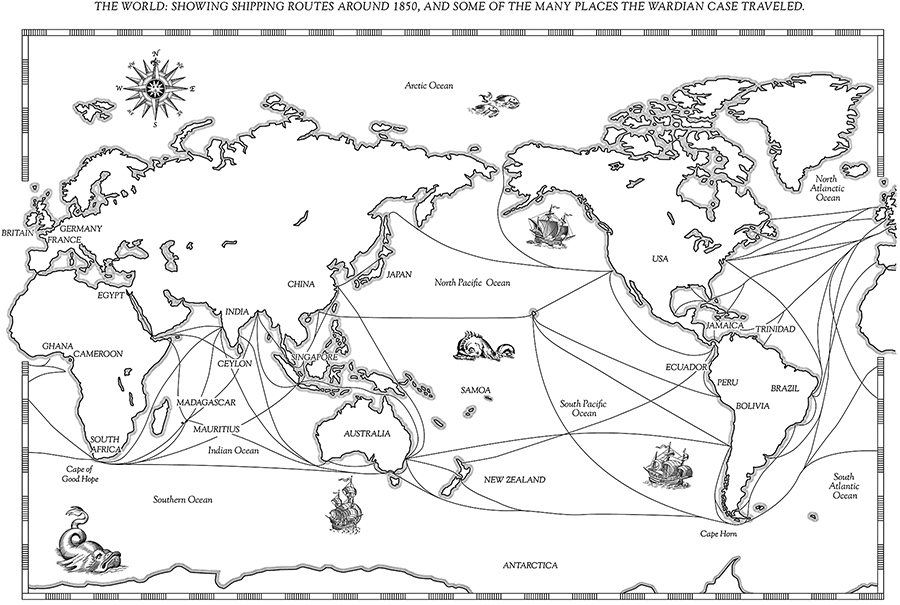
The first journey of a Wardian case was an experiment. In 1829 the surgeon and amateur naturalist Nathaniel Bagshaw Ward accidentally discovered that plants enclosed in airtight glass cases can survive for long periods without watering. After four years of growing plants under glass in his London home, Ward created glazed traveling cases that he hoped could be used to transport plants around the world. The small, sturdy cases were made of wood and glass and looked a lot like portable greenhouses. In 1833 he tested his invention by transporting two cases filled with a selection of ferns, mosses, and grasses from London to Sydney, the longest journey one could take at the time.
On 23 November 1833 Ward received a letter from Charles Mallard, the ship captain responsible for the two cases: your experiment for the preservation of plants alive... has fully succeeded. The next challenge was the return journey. In February 1834 the cases were replanted with specimens from Australia. Eight months later, when Ward and his friend George Loddiges, a well-known nursery owner, went aboard the ship in London, they inspected the healthy fronds of a delicate coral fern (Gleichenia microphylla), an Australian plant never before seen in Britain. And along the way a few black wattle seedlings sprouted in the soil. The experiment was a success.
The Wardian case, as it became known, revolutionized the movement of plants around the globe. After the first experiment, thousands of cases were used over the next century to move plants. It was a simple but beautiful invention, as one sea captain described it. The first to use the cases on a large scale were the commercial nursery firms, who saw the value of the technology and quickly began to send the cases out. Then the worlds leading botanical institutions, such as the Royal Botanic Gardens, Kew, and Londons Royal Horticultural Society adopted the case to their needs.
Explorers, missionaries, plant hunters, and government officials used the Wardian case, as did all nations with an interest in plants. One robust horticulturalist working on the United States Exploring Expedition (183842) collected plants and packed them in Wardian cases; he landed them home after four years of travel, and they laid the foundations for the United States Botanic Garden in Washington, DC. Over the next half century important agricultural plants such as bananas, cocoa, rubber, tea, and many more were successfully moved in cases and went on to have major commercial impacts. The effects of these impacts were significant and widespread.
This book tells the story of the Wardian case (fig. 1) from its invention in 1829 to its final significant journeys in the 1920s. Specifically, the book is about the worldwide movement of live plants. The Wardian case played an important role in moving all variety of plants and, for good or ill, helped to transform the world we live in today. Many scientists, historians, and garden writers acknowledge the importance of the Wardian case in moving plants around the world, but the full story that charts its long and useful history has never been told.
The Wardian Case tells a century-long story of people moving plants. Subtly it shows how our perceptions and relationship to nature changed with our ability to move plants effectively. As well as charting a much fuller story of the Wardian case, this book centers on two important themes: possibilities and environments. As a technology, the Wardian case provided the possibility to move plants; as an enclosed case it moved more than plantsit moved environments.
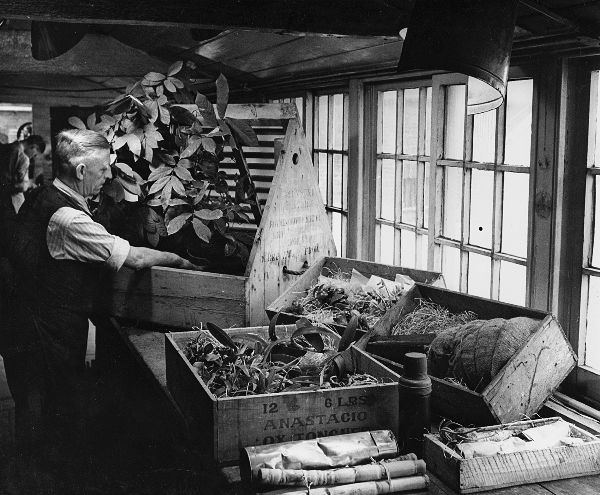
FIGURE 1 Wardian cases preparing to leave the Royal Botanic Gardens, Kew, ca. 1940. The Board of Trustees of the Royal Botanic Gardens, Kew.
Before the invention of the Wardian case, transporting live plants was difficult and costly. Of course seeds could be sent but the seeds of many species will die if they dry out or become moldy if kept damp, especially those that are oil rich or from the tropics. Furthermore, sometimes the season was not right for collecting seeds. Therefore, sending live plants was the most viable option, but before the invention of the Wardian case this was difficult. In 1819 John Livingstone, a keen botanist and surgeon posted to Macao for the East India Company, wrote about the challenge of sending live plants from China to London. Livingstone estimated that only one in a thousand plants survived the journey. He concluded that it becomes a matter of importance to attempt some more certain method gratifying the English horticulturalist and botanist, with the plants of China. As shipping increased and the world became more connected through exploration and trade, there was a need for a better method to move plants. The Wardian case filled this niche.
The Wardian case did not always go by the name it has now. Variously they were called closely glazed cases, glazed cases, and glazed boxes. Not until the 1840s was the name Wards case or Wardian case used. The nomenclature might seem to be a small detail, but it bears on the story of the case. Nathaniel Bagshaw Ward was born on 13 August 1791 in Whitechapel, London. His father, Stephen Smith Ward, was a medical doctor who ran a practice at Wellclose Square. The family home was not far from the London docks, and young Ward spent much time there collecting curios such as matchstick boxes. From a young age he was an avid amateur naturalist. In the late eighteenth century few but the upper classes could afford to spend all their time on plants. Ward joined the family profession: he trained as a doctor and later assumed his fathers practice in Londons East End. On 4 September 1817 Ward married Charlotte Witte, and the two assumed residence at Wellclose Square. They had as many as nine children. From the few sources that exist, it is hard to know just what Wards family thought about all the plant experiments, but certainly both Charlotte and the children took part in them and must have helped him maintain his many specimens.
Next pageFont size:
Interval:
Bookmark:
Similar books «The Wardian Case: How a Simple Box Moved Plants and Changed the World»
Look at similar books to The Wardian Case: How a Simple Box Moved Plants and Changed the World. We have selected literature similar in name and meaning in the hope of providing readers with more options to find new, interesting, not yet read works.
Discussion, reviews of the book The Wardian Case: How a Simple Box Moved Plants and Changed the World and just readers' own opinions. Leave your comments, write what you think about the work, its meaning or the main characters. Specify what exactly you liked and what you didn't like, and why you think so.

